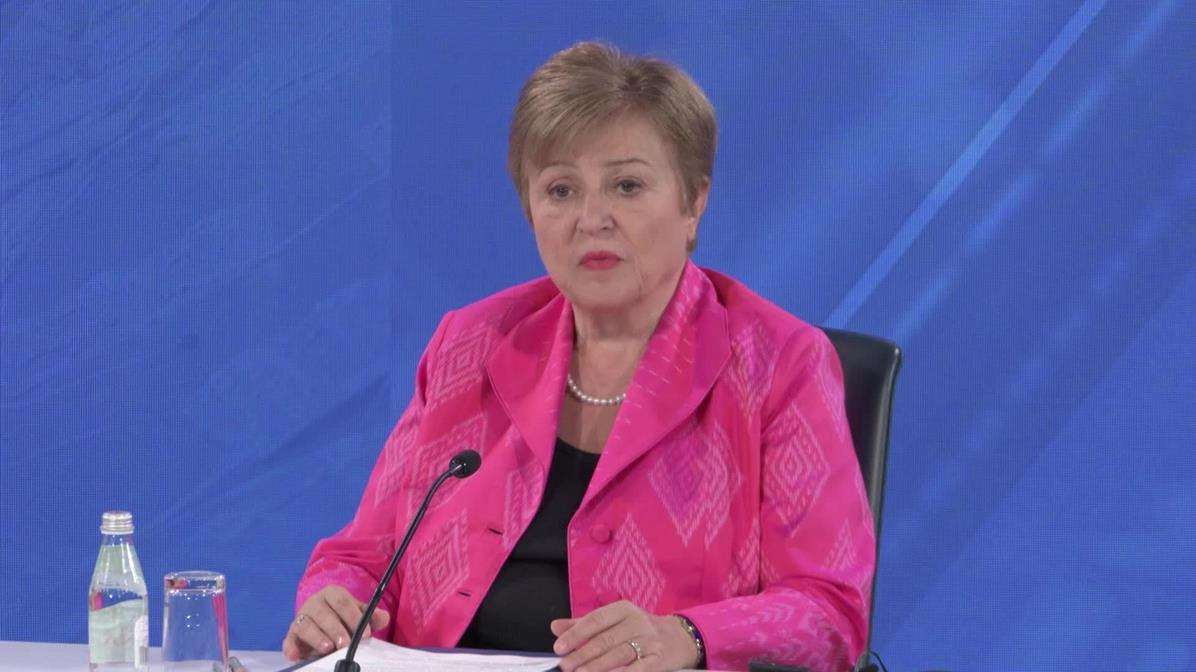Technology
Trends in fertilisation technology
17 October 2025 – Fertilisation technology evolves with precision slurry systems, AI-driven mineral spreaders and combination methods for efficient, low-loss nutrient application
By Susanne Höcherl, Freising; Ulrich Lossie, Nienburg
High power, extended operating windows, simple documentation, increased efficiency through improved accuracy while relieving the driver at the same time are the reasons why investing in modern fertilisation technology is usually highly profitable and also protects the environment. This year’s Agritechnica will once again be offering numerous solutions for powerful, precise, highly efficient and low-loss fertiliser application.
Trends in slurry application
The trend towards low-loss and needs-based application of farm manure is continuing in the field of slurry technology. The obligation to apply manure close to the ground and in bands on grassland as well has been introduced in 2025. Further developments have therefore been undertaken to improve the process of application close to the ground on grassland. Focus is on slurry separators, but also trailing shoe distributors and alternative slurry distributors. These factors are joined by weather and soil conditions in the spring, which make organic spring fertilisation significantly more difficult in arable farming. Agricultural machinery manufacturers are now focusing on technology that is lighter but highly effective at the same time. Focus also remains on online measurement methods for the needs-based application of farm manure.
Reduction of soil pressure
The time slots available for applying organic fertilisers after the end of the blocking period are often very short. If the soil is then waterlogged for a long time, it is often impossible to drive on it with heavy machinery, with the result that only mineral fertilisation is possible in the spring. If organic fertilisation is nevertheless desired, a slurry distribution system is often the first choice. New developments in this area enable a more flexible response to the headland and lighter distributors.
Low-loss application of farm manure
So that as much nitrogen as possible reaches the plant and is not lost during application, farm manure is applied close to the ground and in bands or is injected directly into the soil. Conventional systems include drag hose or trailing shoe distributors, slit methods and injectors. Drag hose distributors are available in working widths of up to 36 m, meaning that the slurry can be applied with high efficiency. Variable booms are now also available; these allow the working width to be adjusted infinitely and enable different tramline spacings to be taken into consideration. Conversely, trailing shoe distributors are particularly suitable for application on grassland, as the turf is parted and the slurry is easily sliced into the soil. Work is continuing on developments to reduce the line spacing. There are also currently a number of new distribution systems on the market for application on grassland; these should be particularly suitable as a retrofit solution for small slurry tanks and on sloping terrain. Slurry separators with different throughput capacities are also available from various manufacturers; these offer numerous advantages, especially for application close to the ground and in bands on grassland. The flow capability of the liquid phase is higher compared to that of fibre-rich slurry. It therefore infiltrates the soil faster and also has a higher mineral fertiliser equivalent.
Needs-based fertilisation
Knowledge of the farm manure’s nutrient content constitutes an important step in needs-based fertilisation. One option for obtaining it is to take a sample in the slurry store or from the tank that is then analysed as regards its nutrient content in a laboratory. However, taking a representative sample is often difficult in practice, as it has to be ensured that the slurry is homogeneous. A smart solution is offered by determining the nutrient content by means of online measurement methods such as NIRS (near infrared spectroscopy), for instance, which can be used to determine the nutrient content in real time. The sensors can be ‘interposed’ while the pump tankers are being filled or can be attached to the tank. During application, the desired nutrient quantity per hectare can then be selected for a nutrient. The driving speed can then be regulated by combining the sensor with a flow meter. Alternatively, the slurry flow can also be regulated via the pump speed or a throttle valve. The trend in NIR sensors is shifting towards the availability of mobile sensors that can be used to analyse farm manure or feed and are therefore used as mobile laboratories. These can also be installed on slurry tanks, forage harvesters or combine harvesters.
Precision application
Precision application is also continuing to increase in importance in slurry application. Whereas identical volumes of slurry and therefore nutrients were previously applied across the width of the entire boom, a new trend is now emerging: separation between the boom halves with the aid of two separate rotary piston pumps. This enables different application quantities to be achieved more precisely and adapted better to the varying nutrient requirements within a field. At the same time, section control remains a central element for preventing overlapping and in continuing to improve the efficiency and environmental compatibility of slurry application.
Trends in mineral fertiliser application
Application precision has increasingly shifted into focus in recent years in the application of mineral fertilisers. In practice, this goal is still being hampered by environmental influences and the high variance in the characteristics of the fertiliser. Particularly in the standard process, application using centrifugal technology, the distribution accuracy is influenced by factors such as wind, the shape of the terrain, grain size, grain hardness and numerous other physical parameters of the granules. If the fertiliser is transported precisely to the desired landing point by technical means, as is the case with pneumatic boom spreaders, the fertiliser characteristics and environmental conditions only have a slight influence on the distribution accuracy.
Increased precision thanks to electronics and AI
Farmers need practical solutions that enable all drivers to work consistently with perfect lateral and longitudinal distribution with little effort and few manual operations. The reason for this is that application errors are often only apparent later on, cannot be repaired and reduce both the yield and quality while simultaneously increasing the environmental risk.
This year, manufacturers will be presenting numerous solutions that will drive precision forwards, particularly through the use of electronics and, for the first time, also AI. ‘Weighing spreaders’ have become a matter of course, whereby quantity control can be carried out using weighing cells or torque detection at the spreading discs. The implementation of familiar solutions such as e.g. section control is being further optimised by manufacturers, because it is well known that switching on and off with arc-shaped spreading patterns, which are also dependent on the trajectory of the different fertilisers, is far more difficult than with a spraying boom. Curve compensation, slope compensation and headland management are increasingly being offered. Sensors for wind, lateral distribution, machine inclination and height – partly in combination with TIM (Tractor Implement Management) – and even for wear are paving the way towards self-optimising fertiliser spreaders.
Centre deflectors for field edges
Almost all well-known manufacturers are now offering centre deflectors to safeguard yields at the edges of fields with zero application outside of the field boundary. This enables distribution accuracy to be significantly improved with little effort, even with large working widths. What is particularly interesting is that this technology is also available for retrofitting. The classic border deflector mounted at the side is decreasing in importance and is now only recommended if switching between edge, border and water spreading can be carried out from the cab.
Feedback to spreader manufacturers
An acceptance problem is often encountered in the necessary control of lateral distribution with the familiar tray systems; in addition, result feedback to the spreader manufacturers for this technique has not been forthcoming so far. Simplified measurement technology (mats/foldable trays) that enables evaluation using an online app offers the additional benefit that the machine manufacturers are informed about the practical results and can conduct new spreading tests in the test hall if necessary.
Work rate as a perennial issue
The work rate remains a perennial issue. It is influenced by parameters such as the hopper volume, working width and maximum application quantity per minute, and therefore by the possible driving speed. Hoppers with a capacity of up to 5,000 litres are available with mounted implements. However, soil protection often suffers with hoppers of these sizes. While the percentage of trailed implements is constantly increasing, it is still at a relatively low level on the whole. To increase capacity utilisation, some trailed machines can be equipped with variable spreaders. These can be converted to switch between mineral fertiliser and lime with reasonable effort (approximately 15 minutes).
Wider choice of pneumatic fertiliser spreaders
The extended range of pneumatic fertiliser spreaders is also leading to an increase in demand again at the same time. The higher costs for purchasing, maintenance and application are balanced out by application advantages. This technology particularly demonstrates its benefits under the following framework conditions: high wind speeds, cropped terrain, poor fertiliser flight characteristics, inhomogeneous materials and fertiliser blends. Only high dust content and low grain hardness can increase the risk of drifting at high wind speeds. Pneumatic spreaders are particularly suitable for spreading different application quantities over small areas, especially in precision fertilisation.
Trend towards combination
The trend towards combining soil tillage and fertilisation as well as sowing and fertilisation is continuing in parallel with the evolution of classic application methods for solid fertilisers. In particular, manufacturers are increasingly offering multi-tank seed drills for the European market. The advantages of high distribution accuracy and ideal placement of the fertilisers lead to increased efficiency.
The trend in fertilisation technology is continuing to shift towards low-loss, precise and needs-based nutrient application. Since 2025, the focus in slurry technology has been on mandatory application close to the ground and in bands, including on grassland. To achieve this, manufacturers are developing lighter machines with high efficiency, improved trailing shoe and drag hose distributors as well as alternative systems. Slurry separators offer advantages here, as the application of the liquid phase enables better nutrient uptake. Precision application is also continuing to grow in importance in slurry application, while section control remains a central element for efficient slurry application.
Focus is also on maximum precision and automation in mineral fertiliser application. Electronics, sensors and increasingly AI-based systems are improving lateral distribution, give consideration to wind, slopes and soil conditions, and enable self-optimising fertiliser spreaders. Pneumatic spreaders are increasingly in demand as they offer advantages in difficult environmental conditions and precision fertilisation. Manufacturers are also increasingly focusing on combination methods in which tillage or sowing is combined with fertilisation. On the whole, focus is on increased efficiency, environmental protection and simplified conditions, with the result that investing in modern fertilisation technology is usually profitable.
Media contact:
Malene ConlongTel: +49 6924788237Email: [email protected]
With more than 31,000 members, DLG is a politically independent and non-profit organisation. DLG draws on an international network of some 3,000 food and agricultural experts. DLG operates with subsidiaries in 10 countries and also organizes over 30 regional agricultural and livestock exhibitions worldwide. DLG’s leading international exhibitions, EuroTier for livestock farming and Agritechnica for agricultural machinery, which are held every two years in Hanover, Germany, provide international impetus for the local trade fairs. Headquartered in Frankfurt, Germany, DLG conducts practical trials and tests to keep its members informed of the latest developments. DLG’s sites include DLG’s International Crop Production Centre, a 600-hectare test site in Bernburg-Strenzfeld, Germany and the DLG Test Centre, Europe’s largest agricultural machinery test centre for Technology and Farm Inputs, located in Gross-Umstadt, Germany. DLG bridges the gap between theory and practice, as evidenced by more than 40 working groups of farmers, academics, agricultural equipment companies and organisations that continually compare advances in knowledge in specific areas such as irrigation and precision farming.
















